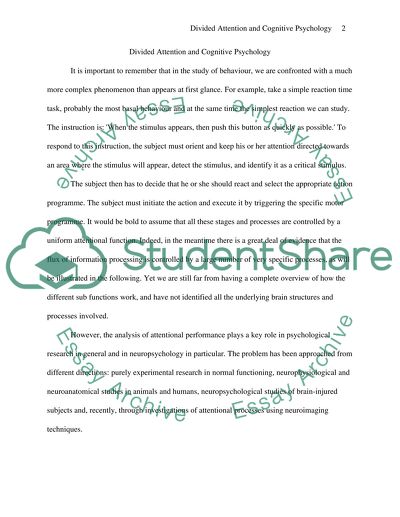Cite this document
(“Divided Attention and Cognitive Psychology Essay”, n.d.)
Divided Attention and Cognitive Psychology Essay. Retrieved from https://studentshare.org/psychology/1516075-divided-attention-and-cognitive-psychology
Divided Attention and Cognitive Psychology Essay. Retrieved from https://studentshare.org/psychology/1516075-divided-attention-and-cognitive-psychology
(Divided Attention and Cognitive Psychology Essay)
Divided Attention and Cognitive Psychology Essay. https://studentshare.org/psychology/1516075-divided-attention-and-cognitive-psychology.
Divided Attention and Cognitive Psychology Essay. https://studentshare.org/psychology/1516075-divided-attention-and-cognitive-psychology.
“Divided Attention and Cognitive Psychology Essay”, n.d. https://studentshare.org/psychology/1516075-divided-attention-and-cognitive-psychology.


